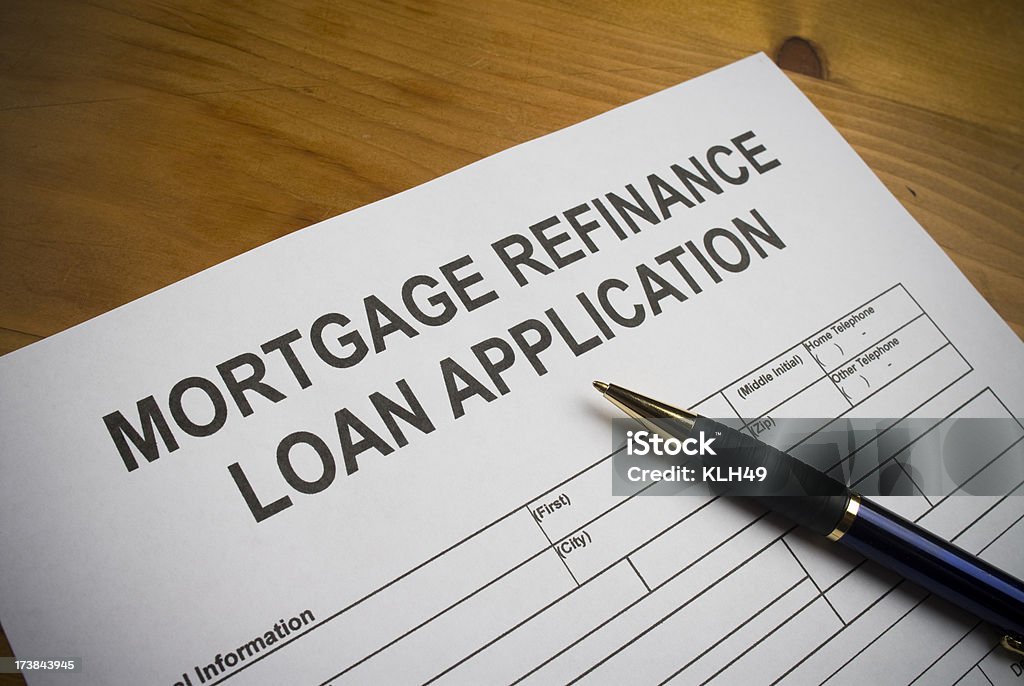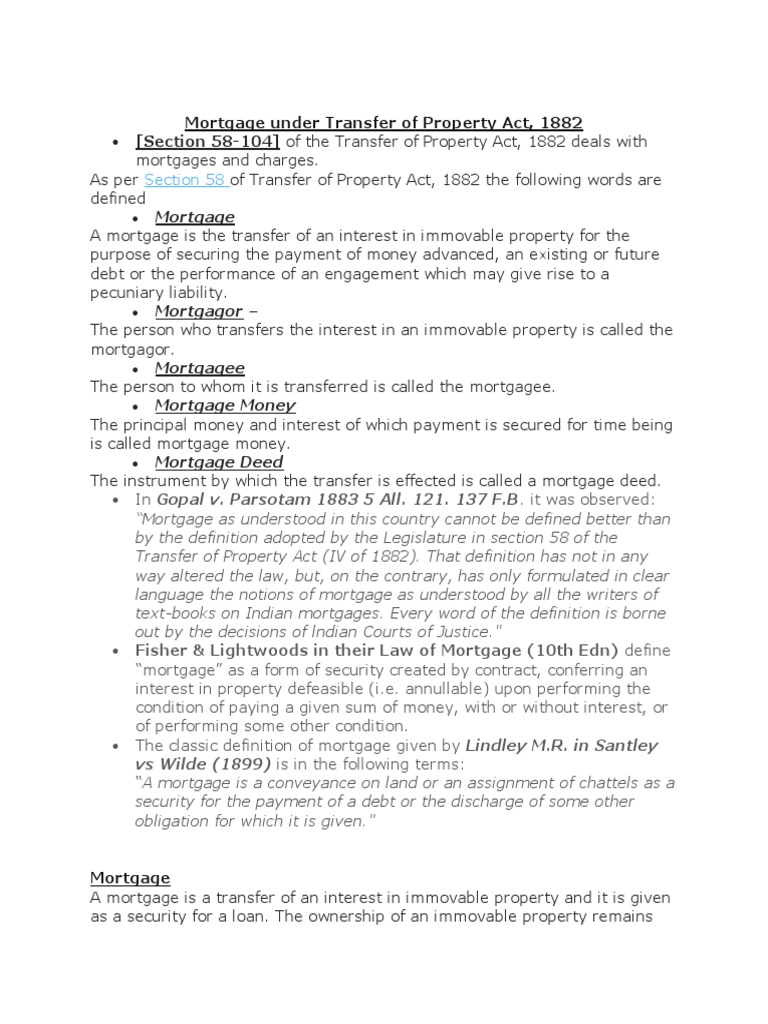Essential Paperwork for Refinancing Your Mortgage

Refinancing your mortgage can be a smart financial move, whether you're looking to lower your interest rate, reduce your monthly payments, shorten your loan term, or tap into your home's equity. However, the process involves much more than just signing a new loan agreement. To navigate through refinancing smoothly, you must gather and manage numerous documents. Let's explore the essential paperwork needed when you decide to refinance your mortgage.
Understanding Your Refinancing Goals

Before diving into paperwork, it’s crucial to understand what you aim to achieve through refinancing:
- Lower Interest Rates: To secure a better interest rate than your current loan.
- Reduce Monthly Payments: By extending your loan term or lowering the interest rate.
- Change Loan Type: From adjustable-rate to fixed-rate, or vice versa.
- Cash-Out Refinance: To access home equity for other uses like debt consolidation.
Knowing your goals will influence the documentation you’ll need.
Key Documents for Mortgage Refinancing

Here are the documents typically required when you apply to refinance your mortgage:
1. Proof of Income

- Pay stubs from the last 30 days.
- W-2s for the past two years.
- If self-employed or with non-traditional income, you might need bank statements, profit and loss statements, or tax returns.
2. Credit Information

Lenders will look into your credit history and score to assess your creditworthiness. You don’t need to provide physical copies, but:
- Having a recent credit report handy can help you understand what lenders will see.
3. Asset and Debt Information

- Bank statements for the past two months, showing savings and checking accounts.
- Investment statements and retirement accounts to show liquid assets.
- List of outstanding debts like car loans, credit cards, or student loans.
4. Current Mortgage Details

- Copies of your current mortgage documents, including the note, deed of trust, or mortgage agreement.
- Information on private mortgage insurance (PMI) if applicable.
5. Home Appraisal or Valuation

Your lender will require a recent appraisal of your home to determine its current market value:
- Homeowners insurance policy details and current property tax statements.
- If applicable, HOA (Homeowners Association) dues information.
6. Employment Verification

- A letter from your employer verifying your current employment and salary.
7. Personal Information

- Copies of driver’s licenses or passports for all borrowers.
- Social Security numbers for income reporting and credit checks.
| Document | Why It's Needed |
|---|---|
| Pay Stubs | To verify income |
| W-2s | To review historical income |
| Bank Statements | To assess financial stability |
| Appraisal Report | To determine home value |

📝 Note: Lenders might request additional documents based on your specific situation or the complexity of your loan.
After you've gathered all the necessary documents, the next step involves applying to your selected lender and providing this documentation:
- Complete the loan application.
- Authorize a credit check.
- Submit the documents for verification.
Once submitted, your lender will review your application and documents. This process can take a few days to several weeks, depending on various factors like the type of loan, lender efficiency, and property details. During this time, you might need to provide:
- Follow-up documents if requested.
- Explanation for any discrepancies or issues.
After approval, you'll move into the underwriting phase, where your loan is evaluated for risk and loan terms are finalized. Here, you might need:
- Additional documentation or clarifications.
Before closing, you'll receive a Loan Estimate and then a Closing Disclosure. These documents detail the costs, terms, and final figures of your loan. At closing, you'll sign various documents like the promissory note, the new deed of trust or mortgage, and any necessary affidavits or agreements.
📝 Note: Always review documents carefully, especially the Closing Disclosure, before signing. This document has key details about your loan terms and costs.
In summary, refinancing your mortgage involves careful document preparation to streamline the process and increase approval chances. Ensuring you have all the required paperwork, understanding each step, and staying in close communication with your lender will pave the way for a successful refinancing experience.
Can I refinance if my income has decreased?

+
Yes, but it might be more challenging. Lenders will look at your debt-to-income ratio, which could be impacted by a decrease in income. You might need to explain the decrease or provide evidence of alternative income sources.
How long does the refinancing process typically take?

+
The process can take anywhere from 30 to 60 days, but this varies based on your lender, the complexity of your loan, and how quickly you provide required documentation.
Is a high credit score necessary to refinance?

+
While a high credit score can secure better rates, it’s not strictly necessary. Lenders look at your overall financial picture, including income, debt, and property value. Lower credit scores might lead to higher interest rates, though.
What if I can’t find my original mortgage documents?
+Contact your current lender or mortgage servicer. They can provide copies or statements from when your loan was originated. Sometimes, you might need to order a property report if titles are involved.
Can I switch to a fixed-rate mortgage during refinancing?
+Absolutely. If you have an adjustable-rate mortgage and want stability, you can switch to a fixed-rate loan when refinancing.